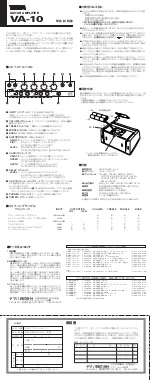
Using the NiTek Plus
NiTek Plus Dive Computer User Manual
47
diving in. Doing so could cause the NiTek Plus to display
inaccurate information.
•
Do not use the NiTek Plus when the symbols are flashing.
This means that you are above an altitude of 19,680 feet
(6,000 meters), which is beyond the NiTek Plus’s ability to
function accurately.
•
Do not place the NiTek Plus in dive mode when making
sudden, substantial changes in altitude, such as when flying
in an airplane. This can be caused by storing the NiTek Plus
with wet dive gear, which can touch its external electrical
contacts and cause it to enter dive mode. This can interfere
with the computer’s ability to function accurately.
The NiTek Plus monitors and displays altitude information in all
modes, except PC transfer mode. Upon arriving at altitude, the
NiTek Plus’s residual nitrogen bar graph may show that there is
excess nitrogen present, even though you may not have made
any dives in the preceding 24 hours.
If you have obtained the altitude specialty diver training which
everyone should do before diving at altitudes substantially above
sea level, you already understand that this should be expected.
By ascending to a higher altitude from a lower one, your body
has more nitrogen saturated in body tissues than would be
present had you spent the preceding 24 hours at the higher
altitude. By displaying residual nitrogen and a surface interval,
your NiTek Plus is merely reflecting this fact.
If the level of residual nitrogen calculated by the NiTek Plus is
unusually high (seven or eight bars) when going to altitude, the
computer will be unable to enter dive mode. Avoid taking the
computer to altitude when residual nitrogen levels are this high,
and do not enter the water until nitrogen levels have dropped
substantially.










































